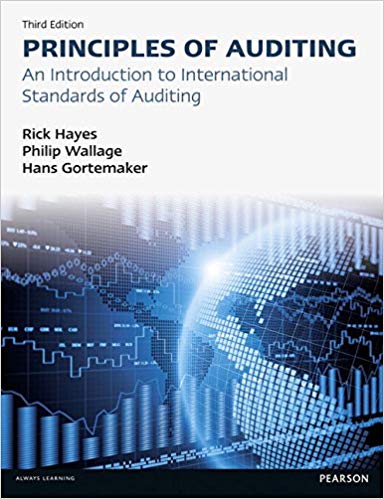In early 2012, J.P. Morgan Chases Chief Investment Office (CIO), charged with managing $350 billion in excess
Question:
In early 2012, J.P. Morgan Chase’s Chief Investment Office (CIO), charged with managing $350 billion in excess deposits, placed a massive bet on a complex set of synthetic credit derivatives, lost at least $6.2 billion in the so-called London Whale case.
The CIO’s losses were the result of the so-called London Whale trades executed by traders in its London office – trades so large in size that they roiled world credit markets.
Initially, dismissed by the bank’s chief executive as a ‘tempest in a teapot’, the trading losses quickly doubled and then tripled despite a relatively benign credit environment.
The magnitude of the losses shocked the investing public and drew attention to the CIO which was found, in addition to its conservative investments, to be bankrolling high stakes, high risk credit derivative trades that were unknown to its regulators.
The JPMorgan Chase whale trades demonstrate how inadequate derivative valuation practices enabled traders to hide substantial losses for months at a time; lax hedging practices obscured whether derivatives were being used to offset risk or take risk; risk limit breaches were routinely disregarded; risk evaluation models were manipulated to downplay risk; inadequate regulatory oversight was too easily dodged or stonewalled; and derivative trading and financial results were misrepresented to investors, regulators, policymakers and the taxpaying public who, when banks lose big, may be required to finance multi-billion-dollar bailouts.
Required:
Use the facts of this case to illustrate how the auditors would use professional judgement to discover the issues before they became public knowledge.
Step by Step Answer:

Principles of Auditing An Introduction to International Standards on Auditing
ISBN: 978-0273768173
3rd edition
Authors: Rick Hayes, Philip Wallage, Hans Gortemaker





